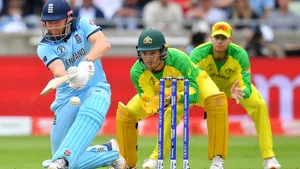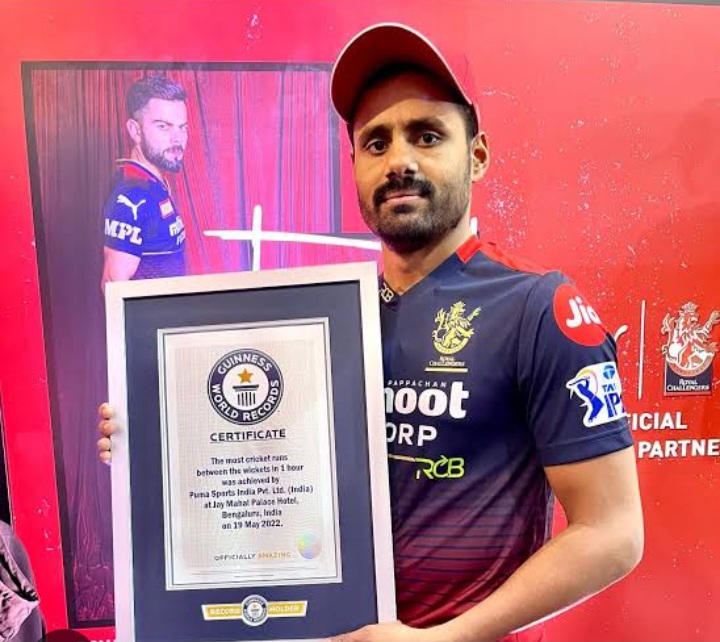Half Volley In Cricket

Introduction
In cricket, the half volley is a delivery that falls just short of being a full toss, bouncing near the batsman’s feet or slightly in front of them. It is a crucial concept that batsmen and bowlers alike must understand to excel in the game. Here’s an in-depth look at what a half volley is, its significance, and how players can effectively use or counter it.
Definition and Characteristics
A half volley is a type of delivery where the ball bounces close to the batsman’s crease, making it easier for the batsman to drive. The key characteristics of a half volley include:
- Bounce Point: The ball bounces approximately a yard in front of the batsman’s crease.
- Length: It is neither a full toss nor a good length ball but falls in between, hence the term “half volley.”
This delivery is often seen as a gift to batsmen because it sits up nicely for them to play an attacking shot, usually a drive.
Why It’s Important
Understanding the half volley is essential for both batsmen and bowlers:
- For Batsmen: Recognizing a half volley allows them to play aggressive, run-scoring shots, such as straight drives, cover drives, and on drives. It is an opportunity to put pressure on the bowler by capitalizing on a slightly overpitched delivery.
- For Bowlers: Avoiding half volleys is crucial because they offer easy scoring opportunities for batsmen. Bowlers aim to pitch the ball either shorter or fuller to make it difficult for the batsman to drive comfortably.
Batting Against Half Volleys
When facing a half volley, a batsman’s primary goal is to exploit the delivery for maximum runs:
- Footwork: Quick and precise footwork is essential. Batsmen should move their front foot towards the pitch of the ball, ensuring they are well-balanced.
- Shot Selection: The half volley is ideal for playing drives. Batsmen can choose between straight drives, cover drives, and on drives based on the line of the delivery.
- Timing: Good timing is crucial to ensure the ball races to the boundary. The batsman should focus on hitting the ball along the ground to minimize the risk of getting caught.
Bowling to Avoid Half Volleys
Bowlers need to maintain discipline in their length to avoid delivering half volleys:
- Length Control: The ideal length varies based on the conditions and the batsman’s style. Bowlers aim to pitch the ball slightly shorter or fuller to avoid the half volley length.
- Variations: Using variations like yorkers, good length deliveries, and bouncers can keep the batsman guessing and prevent them from settling into a rhythm.
- Field Placement: Strategic field placement can also mitigate the risk of conceding runs from half volleys. Placing fielders in key positions where drives are likely to go can deter batsmen from playing aggressive shots.
Famous Instances
Over the years, many legendary batsmen have thrived on dispatching half volleys to the boundary. Players like Sachin Tendulkar, Ricky Ponting, and Virat Kohli are renowned for their ability to drive half volleys with precision and power. These batsmen have made bowlers pay dearly for overpitching, turning potential scoring opportunities into runs for their teams.
Conclusion
The half volley is a pivotal element in the game of cricket, representing both a challenge and an opportunity. For batsmen, it is a chance to score runs and dominate the bowler, while for bowlers, it is a reminder of the importance of maintaining discipline in their deliveries. Understanding the dynamics of the half volley, from footwork and shot selection for batsmen to length control and variations for bowlers, is crucial for mastering the art of cricket. As players continue to evolve and adapt, the half volley will remain a key aspect of the game, influencing strategies and outcomes on the cricket field.
Mastering the Half Volley: Cricketers Who Excel with the Half Volley
In the world of cricket, the half volley is a term that signifies a specific type of delivery that offers batsmen an excellent scoring opportunity. It’s a delivery that bounces close to the batsman’s feet, making it ideal for driving. Some cricketers have honed the skill of playing half volleys to perfection, turning these deliveries into boundary-hitting opportunities. Here’s a look at some of the cricketing greats who have excelled at dispatching half volleys.
1. Sachin Tendulkar
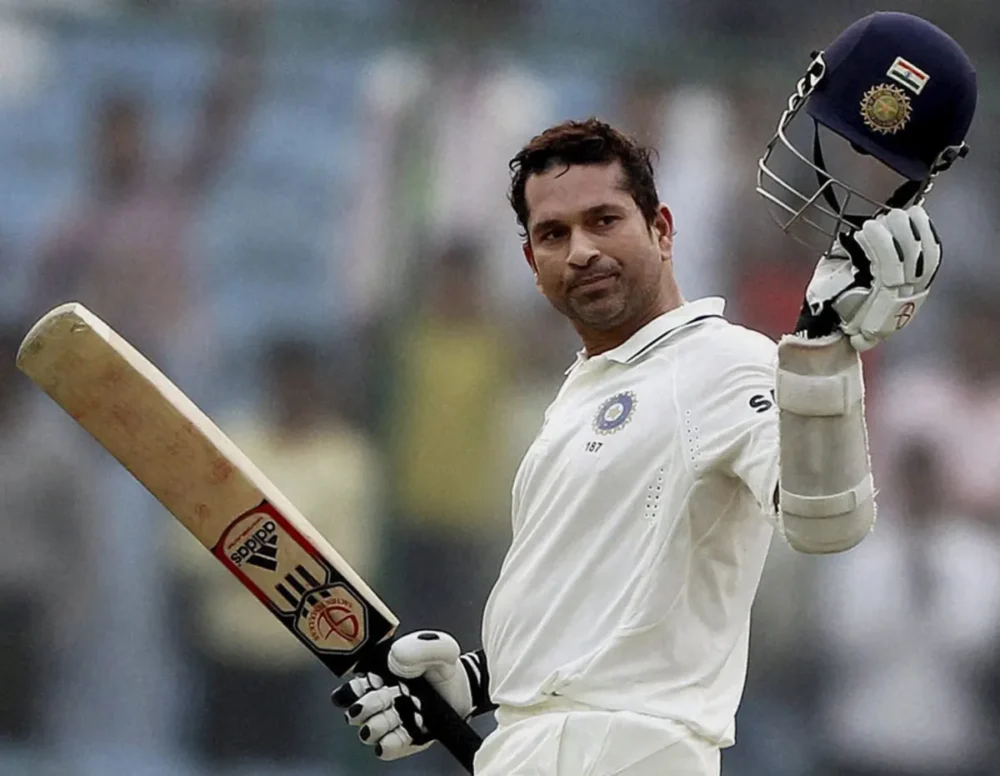
Sachin Tendulkar, often referred to as the “Master Blaster,” is widely regarded as one of the greatest batsmen in the history of cricket. Tendulkar’s ability to play the half volley was second to none, making him a formidable opponent for any bowler.
- Technique: Tendulkar’s impeccable technique and footwork allowed him to get to the pitch of the ball and execute powerful drives. His straight drive off a half volley is particularly iconic, often resulting in a boundary.
- Consistency: Throughout his career, Tendulkar consistently punished bowlers for overpitching, turning half volleys into scoring opportunities.
2. Ricky Ponting
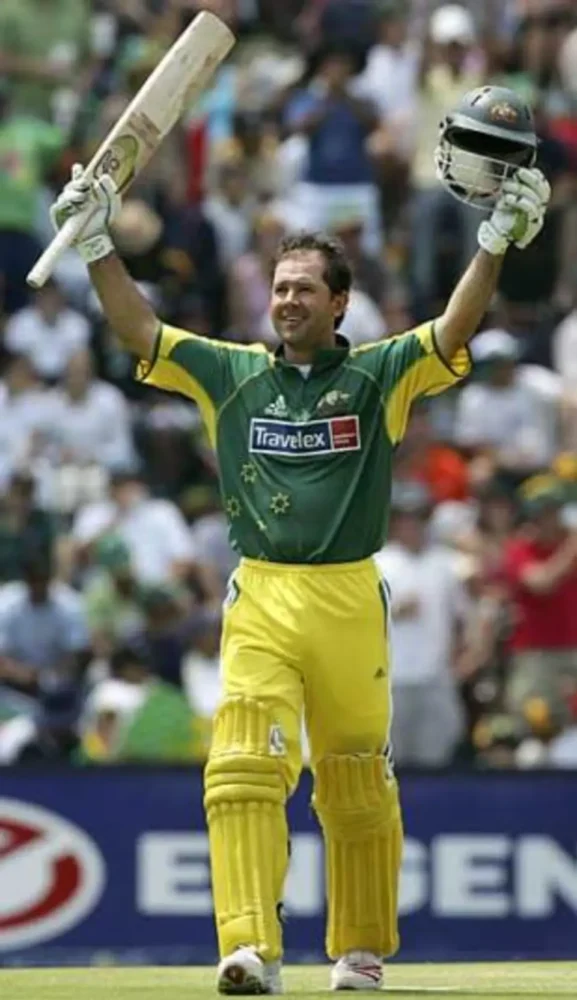
Ricky Ponting, the former Australian captain, was known for his aggressive batting style and his proficiency in dealing with half volleys. His ability to dominate bowlers and score quickly made him one of the most feared batsmen of his era.
- Aggression: Ponting’s aggressive mindset meant that he always looked to capitalize on half volleys, often driving them powerfully through the covers or straight down the ground.
- Footwork: His excellent footwork and balance allowed him to reach the ball’s pitch and strike it cleanly, ensuring that half volleys rarely went unpunished.
3. Virat Kohli

Virat Kohli, one of the modern greats of the game, is renowned for his exceptional batting skills and his ability to handle pressure situations. His proficiency in playing half volleys has contributed significantly to his success across all formats of the game.
- Timing: Kohli’s exquisite timing and placement enable him to drive half volleys with precision, often piercing the gaps in the field.
- Adaptability: Whether in Test matches or limited-overs cricket, Kohli adapts his game to exploit half volleys, making him a versatile and consistent run-scorer.
4. Brian Lara
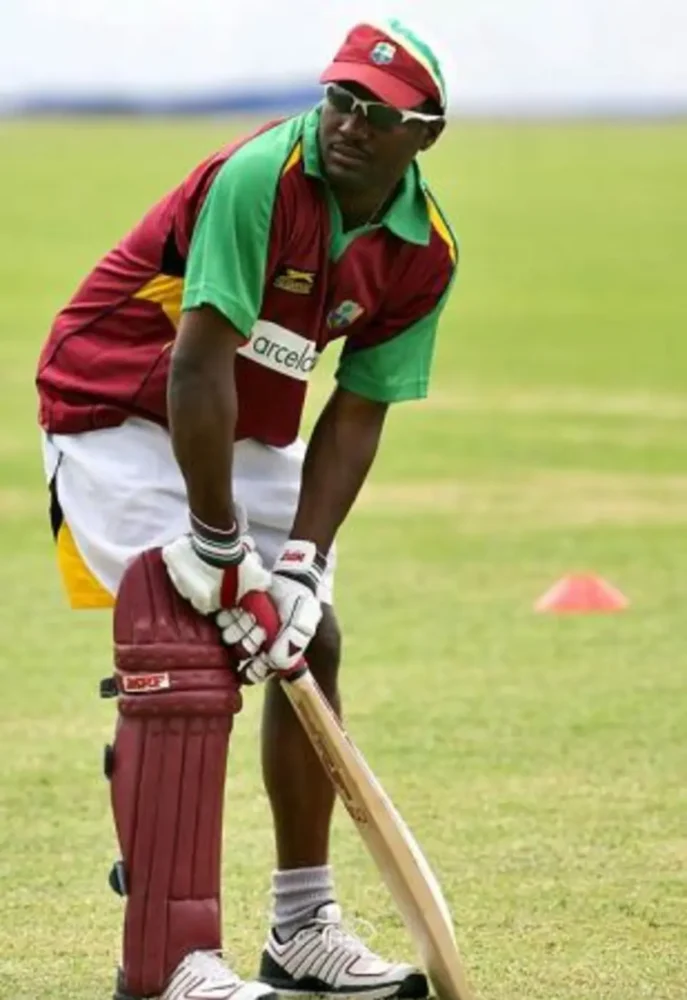
Brian Lara, the legendary West Indian batsman, was known for his flamboyant and stylish batting. His ability to play half volleys with grace and power made him a standout performer in international cricket.
- Elegance: Lara’s elegant stroke play, especially his cover drives and on drives, often came off well-placed half volleys. His fluid motion and natural talent made these shots a treat to watch.
- Run-Scoring: Lara’s ability to convert half volleys into boundaries played a crucial role in his many monumental innings, including his record-breaking scores in Test cricket.
5. Kumar Sangakkara

Kumar Sangakkara, the Sri Lankan batting maestro, is celebrated for his classical technique and prolific run-scoring ability. His adeptness at playing half volleys contributed to his standing as one of the finest batsmen of his generation.
- Classical Technique: Sangakkara’s textbook technique allowed him to drive half volleys with both power and elegance, making him a difficult batsman to bowl to.
- Consistency: Throughout his career, Sangakkara’s ability to capitalize on loose deliveries, including half volleys, helped him amass a substantial number of runs for Sri Lanka.
Strategies for Playing Half Volleys
- Footwork: Proper footwork is crucial. Batsmen should move their front foot towards the pitch of the ball to play a controlled drive.
- Balance: Maintaining good balance ensures that the batsman can hit the ball with precision and power.
- Shot Selection: Choosing the right shot, whether it’s a straight drive, cover drive, or on drive, based on the ball’s line, is essential for maximizing scoring opportunities.
Conclusion
The half volley is a pivotal element in the game of cricket, representing both a challenge and an opportunity. For batsmen, it is a chance to score runs and dominate the bowler, while for bowlers, it is a reminder of the importance of maintaining discipline in their deliveries. Understanding the dynamics of the half volley, from footwork and shot selection for batsmen to length control and variations for bowlers, is crucial for mastering the art of cricket. As players continue to evolve and adapt, the half volley will remain a key aspect of the game, influencing strategies and outcomes on the cricket field. The ability to play half volleys effectively is a hallmark of great batsmanship. Cricketers like Sachin Tendulkar, Ricky Ponting, Virat Kohli, Brian Lara, and Kumar Sangakkara have demonstrated exceptional skill in turning half volleys into scoring opportunities. Their techniques, footwork, and consistency have set benchmarks for aspiring batsmen. Mastering the half volley requires a combination of technical prowess, quick footwork, and strategic shot selection, all of which these legends have showcased throughout their illustrious careers.

